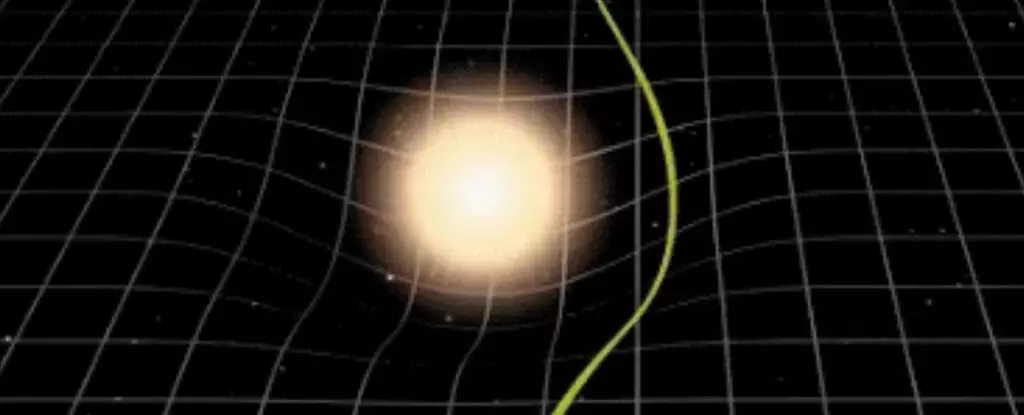Asteroids careening toward Earth are a significant concern for scientists and astronomers alike. However, a recent advancement in understanding the gravitational bending of light (GBL) has provided a glimmer of hope. Physicist Oscar del Barco Novillo from the University of Murcia has developed a novel equation that enhances our ability to track celestial bodies as they traverse our Solar System. This breakthrough offers not merely the potential for disaster prevention but fosters a more profound comprehension of the universe around us.
The phenomenon of gravitational bending of light has puzzled physicists for generations. Essentially, it involves the way massive objects, such as stars and planets, warp the space around them, causing light from distant objects to shift its trajectory. Due to this phenomenon, our perceptions of the locations of celestial bodies can be skewed, impacting our calculations and observations. Del Barco Novillo’s research is pivotal in that it aims to fine-tune the calculations related to these shifts, leading to more precise positioning of celestial objects.
The innovative equation proposed by Del Barco Novillo enhances the accuracy of GBL angle calculations significantly. He emphasizes that this improvement is not merely incremental; it’s a substantial leap forward in the realm of astrophysics. As he explains, this groundbreaking work allows for more efficient tracking of previously elusive entities such as dwarf planets, comets, and, most alarmingly, asteroids which could pose a threat to our planet.
Del Barco Novillo’s equation stands out for its rigor and methodological sophistication. Previous efforts by scientific luminaries such as Newton, Einstein, and Darwin laid the groundwork, but typically relied on infinite distance assumptions that could skew calculations. By employing a geometric optics model that incorporates finite distances, Del Barco Novillo’s work adjusts the parameters within which light bending occurs, offering a clearer picture of its implications on orbital calculations.
The adoption of a material medium approach allows for an understanding of gravitational interactions akin to how light behaves when it passes through water. This model reflects a more practical, real-world framework that helps ground astronomical calculations in simpler physics that are more straightforward to model and simulate. Following the development of this new equation, Del Barco Novillo not only ran complex numerical simulations to test its validity but compared the findings against established equations and even involved the Shapiro delay—a phenomenon observed in gravitational wave studies.
The ramifications of Del Barco Novillo’s contributions extend into various branches of celestial mechanics and astrophysics. One significant application lies in refining our knowledge of the trajectories of asteroids, potentially enabling humanity to predict and deflect hazardous objects well in advance. The greater accuracy in positioning celestial bodies could afford us insights that have remained elusive, such as understanding the dynamics of planetary systems and even determining the exact orbits of new planetary discoveries.
Moreover, aiding the Euclid mission, an ambitious project by the European Space Agency targeting the mapping of billions of galaxies and the study of dark matter, could be a critical outcome of Del Barco Novillo’s work. Given that the mission reaches cosmic distances of up to 10 billion light-years, the ability to pinpoint these astronomical coordinates accurately is vital for understanding the structure and evolution of the universe.
As we stand at the crossroads of potential cosmic catastrophe and profound discovery, the work of Oscar del Barco Novillo shines brightly. This new equation is more than a theoretical construct; it represents a vital tool that can reshape our understanding of the cosmos. Such advancements do not merely benefit scientists; they resonate with anyone concerned about our planet’s fate, proving that the pursuit of knowledge in physics is inherently intertwined with our survival and the future of humankind. With each mathematical equation laid down, we enhance our ability to navigate the intricacies of the universe, better equipping ourselves for the challenges that lie ahead.


Leave a Reply